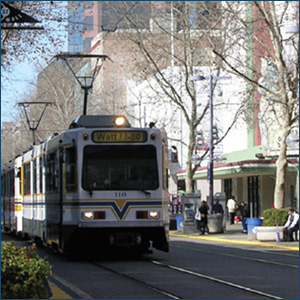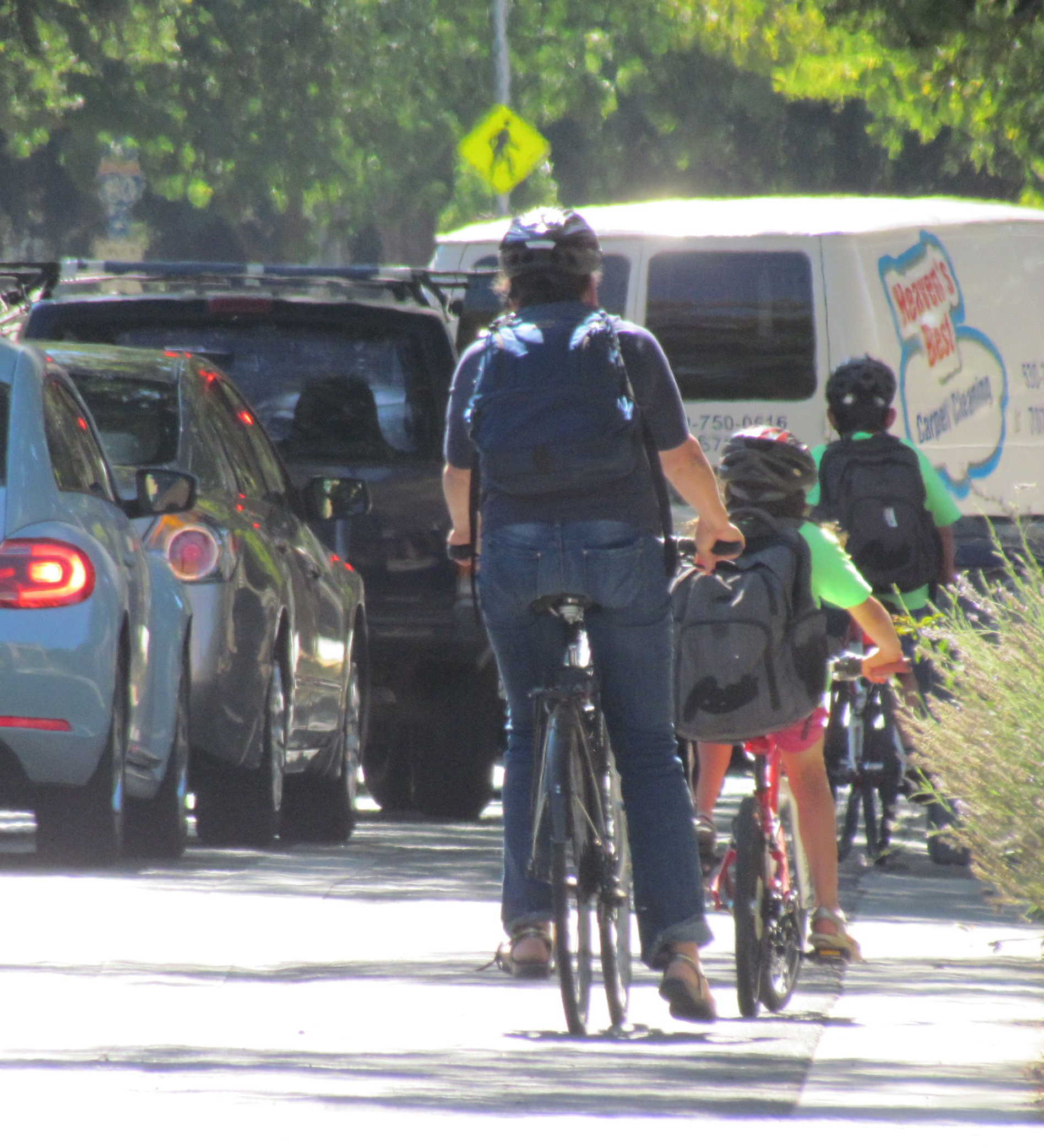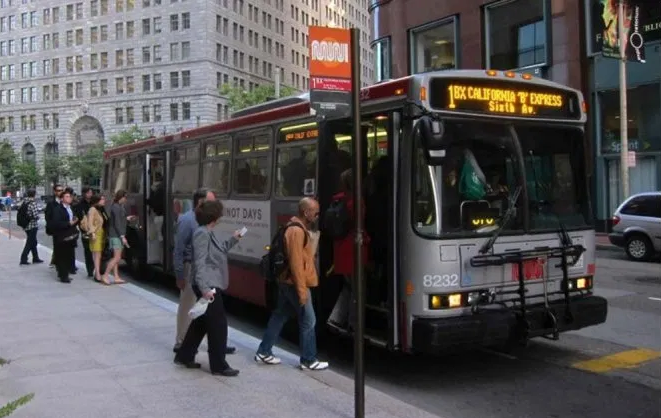Note: GJEL Accident Attorneys regularly sponsors coverage on Streetsblog San Francisco and Streetsblog California. Unless noted in the story, GJEL Accident Attorneys is not consulted for the content or editorial direction of the sponsored content.
Beginning in October, all students in grades K through 12 who live in or go to school in the city of Sacramento will be able to get a free pass on all Sacramento Regional Transit District (SacRT) buses and light rail. The program will last for a year, during which time it will be evaluated and potentially renewed.
The City of Sacramento will provide $1 million from its general fund to offset any potential revenue losses to SacRT. The general fund is supported in part by Measure U, a one-cent sales tax that has been approved and extended by city residents. The city invests some of that funding in an equity investment fund, for safety, housing and youth services and programming.
A transit pass program for students falls squarely in that pocket. The pass could potentially be used by 100,000 students, although SacRT estimates student ridership will likely rise to about 40,000 daily riders.
"It will make a big difference n the lives of young people and their communities," said Sacramento City Councilmember Jay Schenirer, who championed the program. "This is an important investment in our neighborhoods, in our young people, and in our economy."
Attendance problems and chronic absenteeism, he said, is frequently due to difficulties getting to school. Reducing those issues could help increase funding to schools from the state, since it is based on Average Daily Attendance. "It's a win for SacRT, for the schools, for economic development--it's absolutely good for young people to be able to get where they're going," said Schenirer. "And it's good for the climate too. We could make a significant dent in vehicle miles traveled if we can reduce the number of school trips."
"And if we can create lifetime public transit riders, investing this money now will pay off over time, once these kids become adults and know that riding transit is a good way to get around."
"It will make a big difference in the lives of young people and their communities."
Other cities have been creating similar fare-free programs. The city of L.A. just announced free passes for students on DASH buses, though not Metro. Other areas, notably San Francisco and Alameda County, have created programs to offer free transit to low-income students, but have found that the administrative costs of proving eligibility can be onerous.
Two years ago, Merced offered free rides to all transit riders during the month of August, and saw ridership spike. Colleges in many cities throughout the state have created student transit pass programs, which provide deeply discounted transit passes that have been found to benefit both transit agencies--who gain a reliable source of revenue and increases in ridership--and riders, who can hop on transit without having to scrounge for money for each ride.
Over the course of several recent legislative sessions, Assemblymember Chris Holden tried to create a statewide student transit pass program. But his attempts found tepid support in the legislature, with even less interest in providing funding. The latest student transit pass bill, A.B. 17, was vetoed by then-governor Jerry Brown, who said a "fuller discussion" was needed before a statewide program could be created.
The reason many of these programs are not more widespread could come down to disagreements over funding. Most of the ones listed above are funded under the Low Carbon Transit Operations Program, which gets money from cap-and-trade and is a rare potential source of funding for operations. Holden's bills were stymied by this question of money, although he argued that a statewide transit pass program would be an appropriate use of cap-and-trade funding.
Meanwhile the city of Sacramento sees huge potential rewards from its investment. "We think that next year, once we see the results from the program launch, we will see a regional expansion," said Schenirer. "My goal is to make it countywide, which would make logistics simpler, and also settle some equity considerations." Under the current program parameters, students who live outside the city but go to school inside Sacramento are eligible for the passes, but their neighbors at nearby schools do not.
"But what I learned pretty early," said Schenirer, "is that if you only look at transit as a social service, you will fail. But if we can look at this as a way to enhance ridership, we can get young people started early and it will pay off in the long run."
The list below, of potential benefits from student transit pass programs, comes from a legislative analysis of A.B. 2222, one of Assemblymember Holden's first tries at a statewide program.
Student transit pass programs have been found to:
- Increase overall transit ridership and fill empty seats on trains and buses--a UCLA study showed ridership increases of 71 to 200 percent
- Reduce costs per rider to transit agencies as well as improved service, thus bolstering the capacity and reliability of transit
- Promote the development of lifelong transit riders
- Make it easier and cheaper for students to get to schools and to jobs
- Help reduce greenhouse gas emissions, vehicle miles traveled, petroleum use, and air pollution, improving overall community health.
- Lower pollution around elementary schools
- Reduce traffic and parking problems in neighborhoods around schools
- Reduce the need for expensive parking structures at colleges
- Decrease the need to drive to and from school, along with associated costs
- Reduce the overall cost of school attendance and reducing parental burdens for working families





